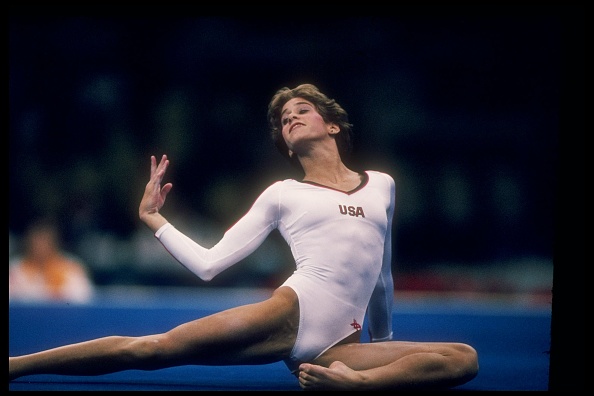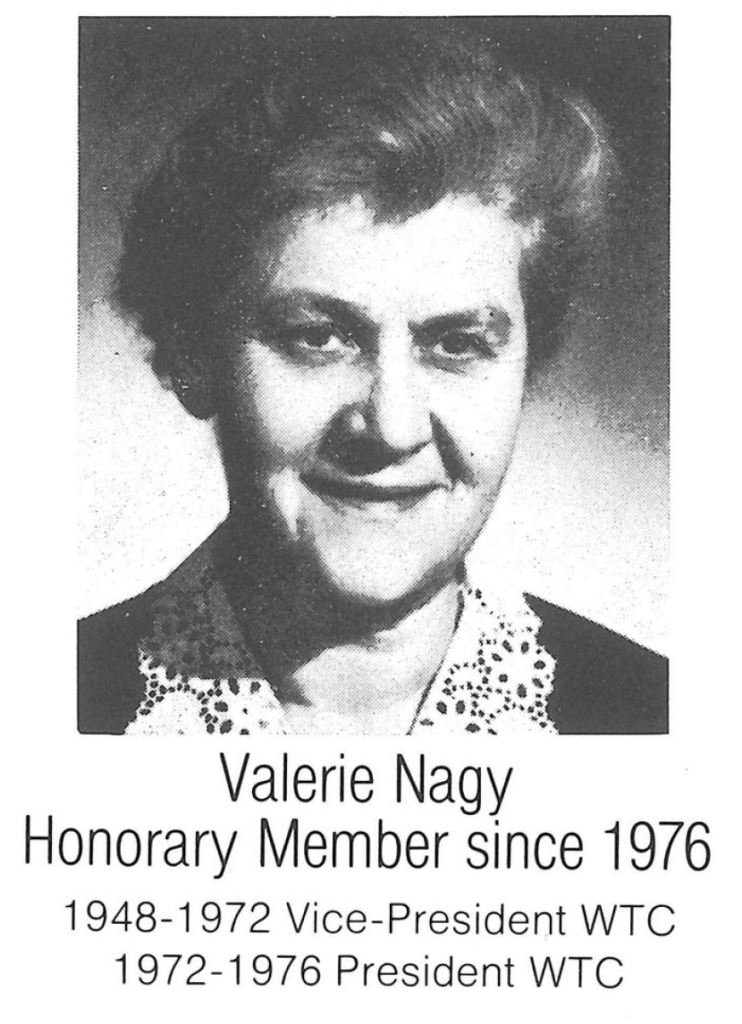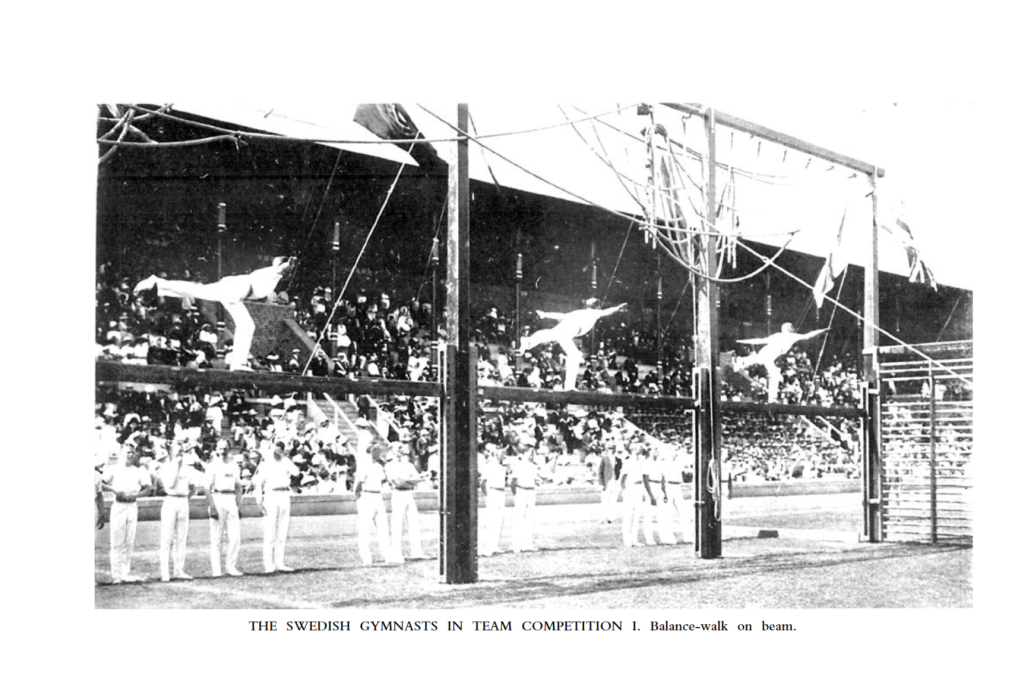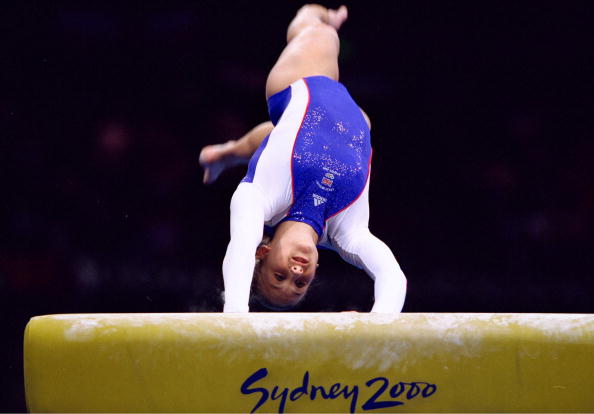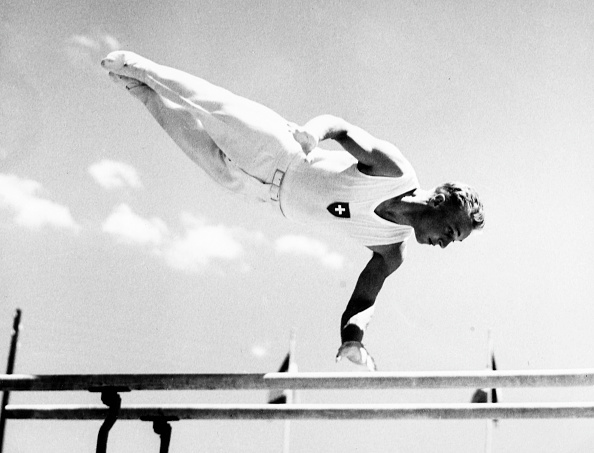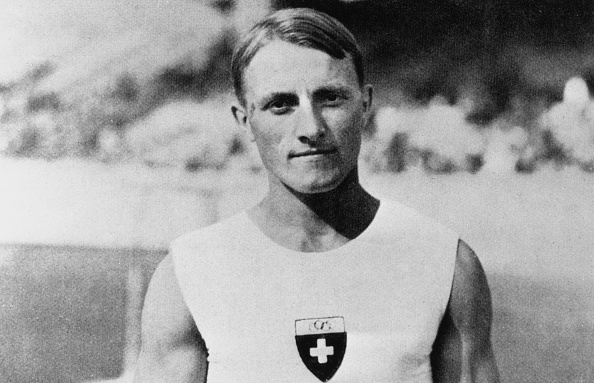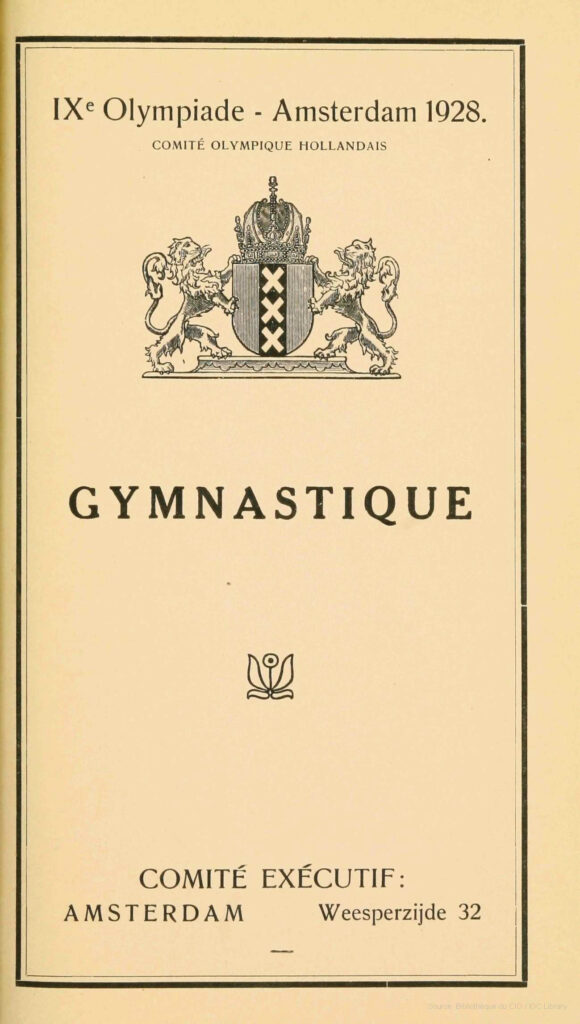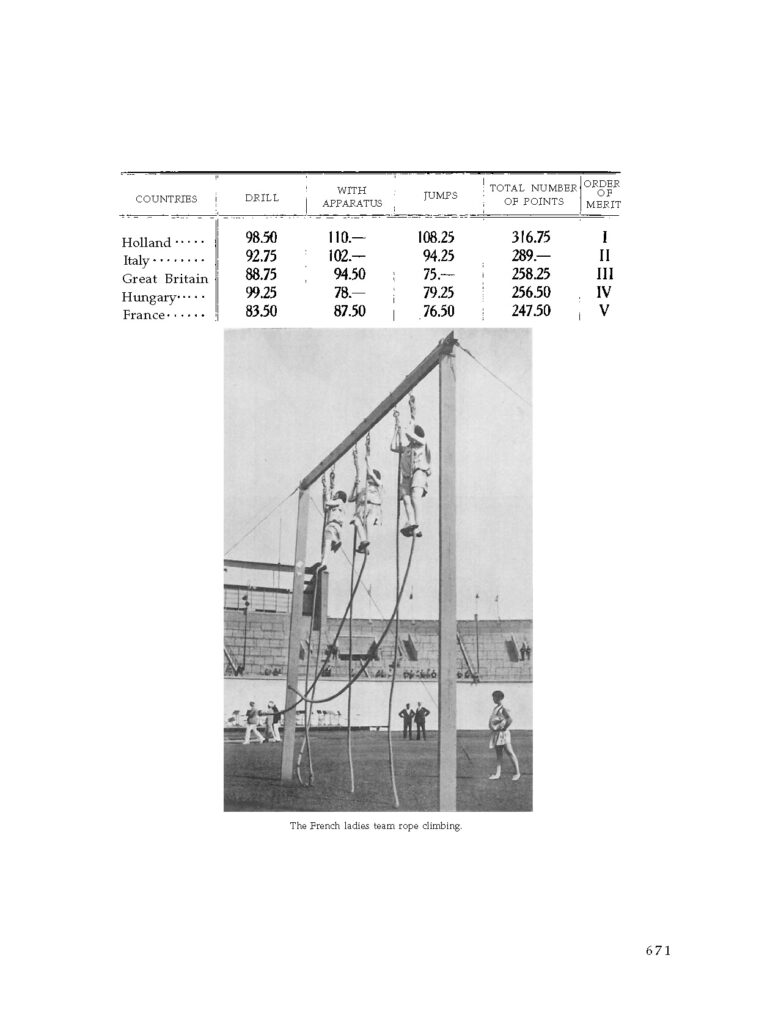As far as FIG events are concerned, women’s individual floor exercise was first introduced at the 1950 World Championships, but at the time, gymnasts did not use floor music. In fact, at the 1950 FIG Congress, the delegates had to decide if gymnasts should perform to music at the 1952 Olympics, and they voted against it (eight votes to three).
It wasn’t until 1958 that music was introduced for individual floor routines, both compulsory and optional.
Below, you’ll find recordings of the music for the compulsory routines from 1958 until 1996. For some of you, the music will bring back fond memories. For others, it’ll bring back nightmares. But hopefully, you’ll find a piece you enjoy listening to.
